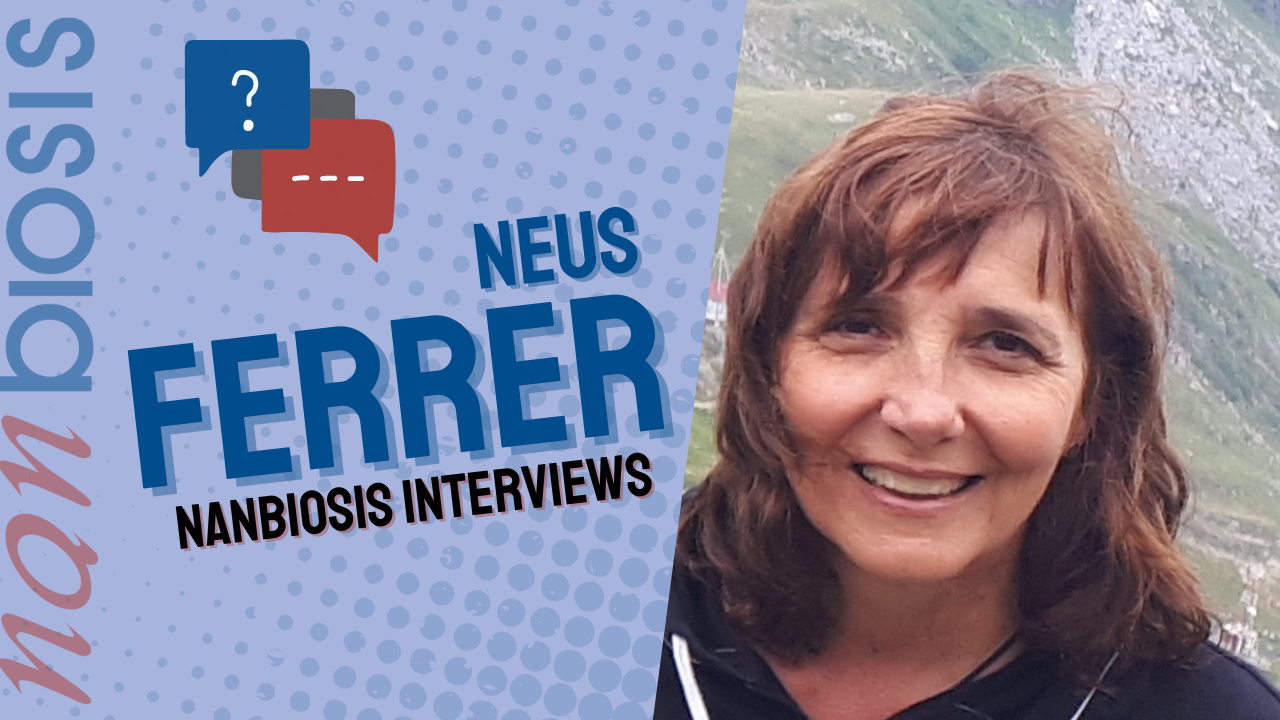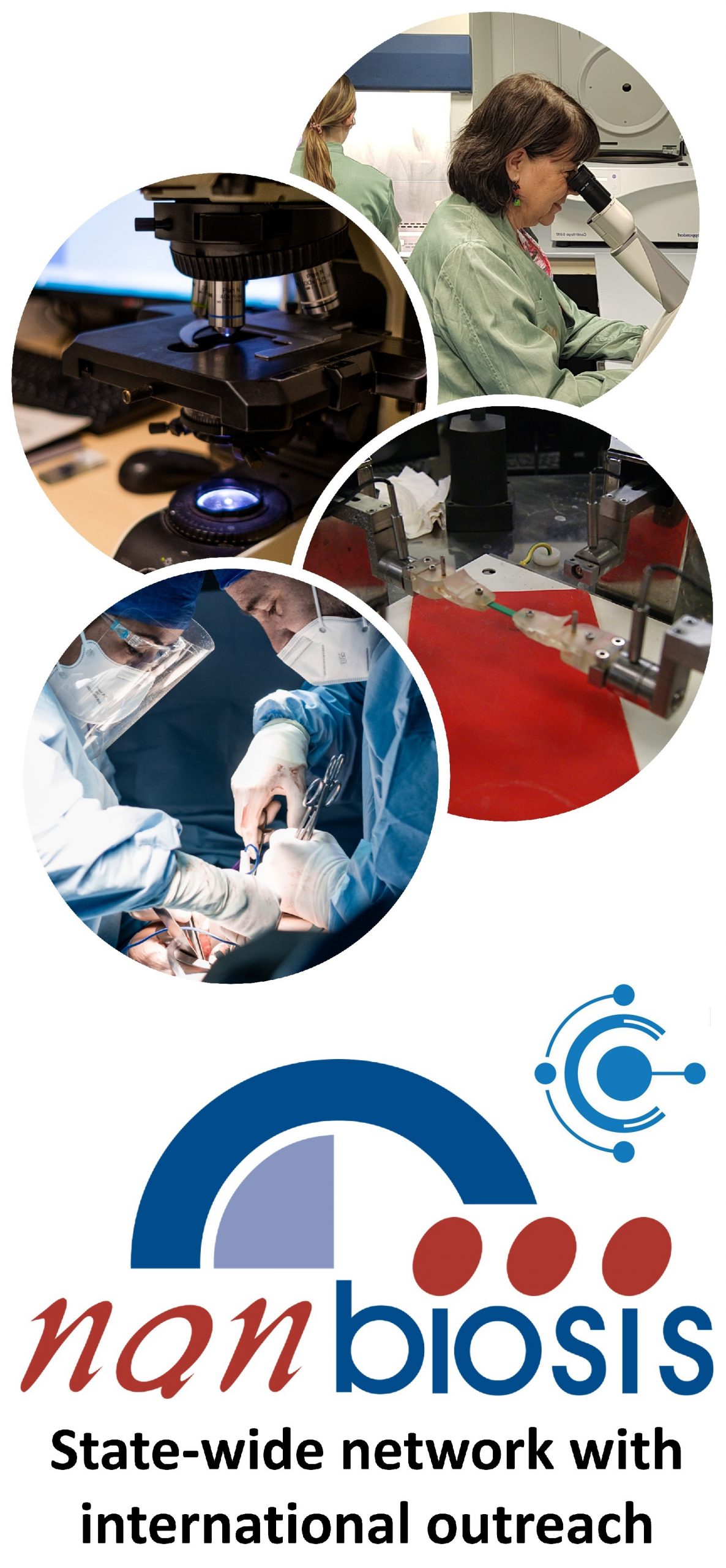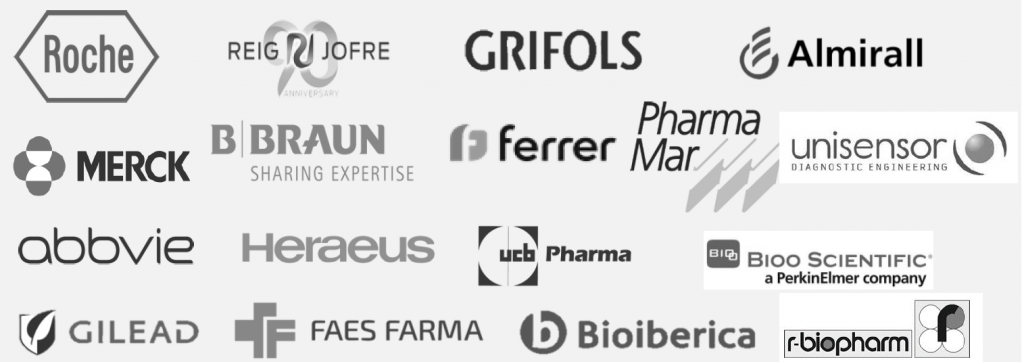
Dr. Neus Ferrer explores nanotechnology in protein research to combat antimicrobial resistance, focusing on innovative solutions using lysins and other recombinant proteins.
Barcelona, October 2024. In celebration of Nanotechnology Day, we take a closer look at the cutting-edge work of Dr. Neus Ferrer, director of the Unit 1, Protein Production Platform (PPP), at NANBIOSIS. Specializing in recombinant protein synthesis, Dr. Ferrer’s research tackles critical challenges in healthcare, particularly antimicrobial resistance, often referred to as the “new pandemic”. Through advanced nanotechnology approaches, her team in develops innovative solutions that could revolutionize treatment options in biomedicine and beyond.
The interview begins…
Interviewer: Welcome to these interview series, Neus. Let’s get started. First of, could you share with us a bit about your research area and the projects you’re currently working on?
Neus Ferrer: Throughout my career, I’ve mainly focused my projects on the production of recombinant proteins. In this field, I’ve worked on many areas related to biomedicine, primarily cancer and antibiotic resistance. Lately, I’ve been more focused on the latter: exploring new alternatives or synergistic possibilities with the use of antibiotics.
Antibiotic resistance is often referred to as the “new pandemic”, a massive issue. Many of us know people affected by antibiotic resistance: infections that aren’t detected in time or are misdiagnosed, which leads to resistance. this is sometimes the case of nosocomial infections. This requires us to update our tools to fight these resistant infectious agents. Could you tell us more about the strategies you use to tackle this problem?
Neus: Based on our understanding of how organisms interact with these microorganisms to overcome infections and how they communicate to inhibit or proliferate, we extract the factors that help control microorganisms and formulate them to interact at the infection site. All this is done using the same biological language that exists in these relationships. It’s basically combining the natural mechanisms that we and the scientific community have been investigating and discovering.
Could you give us a recent example of a strategy you’ve used in a project or publication you’re working on?
Neus: Yes, for example, we recently worked on producing proteins with notable antimicrobial activity: lysins. These are used by bacteriophages after completing their cycle [within the bacteria] to release themselves into the environment, meaning they can lyse and eliminate bacteria. Using this activity, we can also formulate these proteins to act on microorganisms in a somewhat specific way —not entirely, but it can be modulated.
Interesting. Tell us a bit about yourself on a personal level. What motivated you to pursue a career in science? What sparked that curiosity that all scientists seem to have?
Neus: I suppose it’s the curiosity of wanting to understand why we’re here, what we are, and how life works. How we function on a molecular level, how these interactions happen. I think it’s about finding meaning in what we do here, answering the question of where we’re going and what we’re doing.
That curiosity seems to be a common thread. Many people I’ve interviewed say the same thing. Have you had any “Eureka” moments in your career? Anything that stands out as your biggest contribution to your field, either professionally or personally?
Neus: I don’t think I’ve had any major “Eureka” moments, but rather several moderately intense ones. I remember during my PhD, at the time, recombinant techniques weren’t widely used yet, so I had to purify a protein from its natural origin, which was a very long and tedious process. When I finally managed to purify and identify the protein, that was a real “Eureka” moment for me —more on a personal level than in a professional one.
Later on, I had another moment while looking back at my work and reviewing the progress in recombinant proteins in the biopharmaceutical field. Summarizing and reflecting on the field was another significant “Eureka” for me because it allowed me to consolidate my experience along with that of others and present it in a way that could be useful to others.
It must be gratifying to see how much progress has been made with recombinant techniques, which you witnessed at their inception. Could you explain the recombinant technique to a general audience?
Neus: In biological systems, proteins perform numerous functions, but there are control mechanisms, and they’re only produced when needed. If you identify a protein with a function that’s useful for biomedicine, in natural systems, you typically have very small amounts. This was a drawback because you needed large quantities to get a little of the target protein. With molecular biology techniques, it’s possible to introduce genetic material into a cell artificially, making the cell produce a specific protein. This allows for large-scale production, which was revolutionary.
“With molecular biology techniques, it’s possible to introduce genetic material into a cell artificially, making the cell produce a specific protein. This allows for large-scale production, which was revolutionary.”
— Dr Neus Ferrer
By introducing external genes, you’re essentially turning organisms into protein factories. But earlier, you mentioned lysins, which are designed to kill bacteria. How do you prevent the bacteria from dying as they produce these proteins?
Neus: That’s an interesting question. Initially, we thought there would be difficulties producing these proteins within bacterial cells, as they have the activity of lysing them. However, we selected lysins that could theoretically be produced in our best prokaryotic production system, Escherichia coli. Additionally, we formulated the proteins in a way that they form small protein nanoparticles, reducing the biological activity within the cell.
So, the proteins naturally form these structures, preventing the bacteria from being affected by the lysins. Fascinating. Moving on to a more personal topic: What advice would you give to young people considering a career in science?
Neus: I’d encourage them to be brave, especially women. We need more women in science because society is 50% women, and science should reflect that. They should believe they can achieve the same or more than men, and I pass the torch to both men and women to move forward with their ideas.
What have been the biggest challenges you’ve faced in your scientific career?
Neus: Job stability is the biggest challenge. The field is very competitive, and you have to give your 150-200%. But if you have that curiosity and motivation, you need to keep pushing forward. There are many success stories, like mine, where we’ve stabilized later in my career. So, I encourage everyone with that curiosity to pursue it and keep trying.
What support have you found most helpful in your career?
Neus: Collaboration is key. It’s crucial to share ideas and work as a team. Many opportunities arise from collaborations, whether it’s through partnerships or learning about new opportunities.
That’s far from the fictional image of the lone scientist in a lab. Collaboration is essential. And this is exactly what NANBIOSIS promotes. Can you tell us about the Unit you work in within NANBIOSIS and your role in it?
Neus: I’m in Unit 1, the Protein Production Platform (PPP), where I’m the scientific director. Since 2007, we’ve worked on over 400 projects, interacting with CIBER groups, companies, hospitals, technology centers and universities, including the university we are located at, the Universitat Autònoma de Barcelona.
That’s a beautiful journey from your early thesis days to leading a platform that returns research to society. How does NANBIOSIS contribute to academic research?
Neus: We’ve seen how our support helps researchers grow their projects in a wide variety of areas. We centralize knowledge and offer methodologies that would take years for groups to develop on their own. The projects that we work in are from a high level of complexity. It’s a challenging, but very rewarding role.
What about the private sector? How can NANBIOSIS contribute to the industry?
Neus: We’ve collaborated with the industry at various levels, helping with basic research and diagnostics. It’s different from academic work, but equally gratifying. Though you might not see the results for years, knowing you’ve contributed to a product reaching a patient is very fulfilling.
NANBIOSIS has Cutting-Edge Biomedical Solutions (CEBS) that present synergies between the Units in the network. How do these help solve market problems?
Neus: We offer a platform that can assist clients through the process, from basic research to a pre-clinical stage. Our expertise in recombinant proteins is crucial for this, and we are capable of producing recombinant proteins of any kind. We have the know-how and the capabilities for doing si.
How has NANBIOSIS contributed to your career?
Neus: NANBIOSIS has allowed me to materialize my knowledge into a platform that can pass this on to the future —whether through students or external clients. It’s a way to give back. We see this in a daily basis, because there are always students that come along with us who learn our methodologies. Our external clients also learn from us if they need it, not just providing them with services. For me, NANBIOSIS is all that: the ability, one way or another, to trasnfer the knowledge I acquired during all these years and make it tangible.
Thank you, Neus, for your time and insights.
Neus: Thank you! See you again.
This interview is fully available in Spanish in our Youtube channel (click here).
What is NANBIOSIS?
The goal of NANBIOSIS is to provide comprehensive and integrated advanced solutions for companies and research institutions in biomedical applications. All of this is done through a single-entry point, involving the design and production of biomaterials, nanomaterials, and their nanoconjugates. This includes their characterization from physical-chemical, functional, toxicological, and biological perspectives (preclinical validation).
Leading scientists
The main value of NANBIOSIS is our highly qualified and experienced academic scientists, working in public institutions, renowned universities and other research institutes.
Custom solutions
Designed for either scientific collaboration or the private industry, we adapt our services to your needs, filling the gaps and paving the way towards the next breakthrough.

Cutting-Edge facilities
Publicly funded, with the most advanced equipment, offering a wide variety of services from synthesis of nanoparticles and medical devices, including up to preclinical trials.
Standards of quality
Our services have standards of quality required in the pharmaceutical, biotech and medtech sectors, from Good Practices to ISO certifications.
In order to access our Cutting-Edge Biomedical Solutions with priority access, enter our Competitive Call here.
NANBIOSIS has worked with pharmaceutical companies of all sizes in the areas of drug delivery, biomaterials and regenerative medicine. Here are a few of them:









